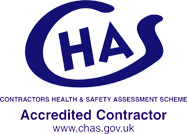Asbestos: The importance of regular staff medicals
Medical examinations for workers carrying out non-licensed work with asbestos
The Control of Asbestos Regulations 2012, known as CAR 2012 now replace the Control of Asbestos Regulations 2006 and apply to all work on asbestos-containing materials, or ACMs. These Regulations state that any higher risk work with asbestos must only be conducted by contractors who hold a licence issued by the Health and Safety Executive. Only short duration and lower risk maintenance tasks can be carried out by non-licensed workers.
Regulation 22(3) of CAR 2012 places a new duty on employers to maintain a health record for employees who carry out certain types of non-licensed work with asbestos and to make sure they receive statutory medical examinations. The Regulations provide for a three-year transition period, which means that although these arrangements can be put in place from April 2012 they are not mandatory until April 2015. These requirements also apply to self-employed people.
The existing requirements for employers of workers carrying out licensed asbestos work to maintain health records and make sure they receive medical surveillance at least every two years, conducted by a doctor appointed by the Health and Safety Executive, are carried forward in the 2012 Regulations and remain unchanged.
This guidance informs doctors about how to conduct the medical examination required for workers exposed to asbestos undertaking certain types of non-licensed work only. Doctors carrying out medical examinations for non-licensed workers do not have to be appointed by the Health and Safety Executive, but do need to meet certain conditions.
Asbestos: Biggest cause of occupational deaths in UK
Asbestos related diseases are the one greatest cause of occupational deaths in the United Kingdom, resulting in approximately 4,500 deaths each year. Asbestos containing materials were widely used in the contruction of many buildings up until 1999 when its use was finally prohibited.
If asbestos was banned, why is it still in buildings?
Although the use of asbestos was banned in 1999, there is no requirement to remove it, but it must be managed correctly. Owing to the presence of asbestos in buildings, the group now most at risk of exposure are building maintenance workers who disturb the fabric of buildings in the course of their duties. This is why an effective asbestos management plan and stringent medical monitoring for these staff is so vital.
Abestos related conditions
Pleural thickening
Pleural thickening which is also known as diffuse pleural thickening (DPT), is a lung disease in which extensive scarring thickens the pleura, the thin membrane that covers the lungs. As the scar tissue grows, it can encase the lung and close off the space between the lungs and pleura. The condition, one of the most commonly diagnosed signs of asbestos exposure, may cause chest pain and a significant decline in breathing function.
Asbestos corns
An asbestos corn is where an asbestos fibre has become implanted in the skin of the hands or feet of a person who has worked with asbestos. Although these can sometimes be rather painful, they do not have any serious consequences.
Asbestosis
Asbestosis is a chronic and long-term lung condition that is caused by prolonged exposure to asbestos.
Asbestosis, certainly in the early stages does not always impair the affected persons fitness for work, but as the disease progresses, lung function may become increasingly affected. In advanced and severe cases, the patient may die from pulmonary or congestive cardiac failure. The latency period between exposure and the first radiological signs of fibrosis can be many years.
Mesothelioma
Malignant mesothelioma of the pleura and peritoneum are associated with exposure to asbestos. Although, sometimes, tumours have been detected in young people with no apparent exposure to asbestos. Often there has been a family history of chest malignancy so this may represent a peculiar genetic predisposition to the disease.
Contrary to some peoples theories, smoking does not actually influence the risk of mesothelioma. Early symptoms such as weight loss, fever and night sweating are often vague. Chest pain, breathlessness on exertion and/or pleural effusion are frequently present at the time of a Mesothelioma diagnosis. Peritoneal mesothelioma may result in differing degrees of abdominal discomfort, a change in bowel movement habits and weight loss. Radiological appearances vary with the stage at which the tumour is first detected and whether or not it is associated with effusion.
There is generally a rather long latentency period between exposure and presentation of the tumour, this can range from 15 to 60 years. The exposure to asbestos may well have been brief as well as remote in time, although most cases have been associated with protracted periods of exposure to asbestos dust.
Lung cancer
Individuals that are exposed to asbestos have an increased risk of developing lung cancer. Smoking also increases the risk, so it is considered that a combination of the two risk factors will only multiply the overall risk of being diagnosed with lung cancer. Former smokers show a significantly lower excess risk than current smokers. Of course, smokers should always be encouraged to stop smoking for their general well being and for those around them. Lung cancer induced by asbestos exposure is indistinguishable from that caused by other agents.
Other cancers
An association between cancers of the larynx and gastrointestinal tract and exposure to asbestos has been suggested. However, routine screening for these cancers is not at present considered feasible.
So who can carry out medical surveillance?
Under the Control of Asbestos Regulations (CAR) 2012 medical surveillance must be carried out by a relevant doctor. There are two types of medical practitioners who may carry out medical surveillance.
For workers who carry out licensed work, the doctor must either be appointed by the Health and Safety Executive (HSE) or an HSE Medical Inspector.
For workers who only carry out non-licensed work, the relevant doctor can be the same as described above or an appropriate fully registered medical practitioner, who holds a licence to practice. In this case. appropriate means a medical practitioner on the GMC GP register or a suitably qualified registered and licensed medical practitioner, working in accordance with the GMCs Good Medical Practice guidance.
It is deemed the responsibility of the employer to make certain they provide their employees with the appropriate medical surveillance in line with the type of work they carry out.
What medical surveillance is actually required?
Medical surveillance should consist of an initial, followed by periodic medical examinations. For employees carrying out non-licensed work, the first medical examination must be conducted on or before 30 April 2015. Periodic medical examinations must then be conducted at intervals of not more than three years while the exposure continues.
For employees who start non-licensed work with asbestos on or after 1 May 2015 a medical examination must be carried out before such work starts, unless a suitable examination has been carried out in the previous three years.
The whole purpose of medical surveillance is to:
- provide workers with objective information about their current state of health,
- alert workers to any early indications of an asbestos related disease,
- emphasise the need for employees to use available control measures and follow good working practices, such as using PPE and RPE
- to inform and advise employees of the increased risk of lung cancer from the combined exposure of smoking and asbestos,
- alert employers or the patients own GP, with signed consent, to any particular problems.
Guidance for doctors on the Control of Asbestos Regulations 2012, Regulation 22 of CAR 2012 requires that medical surveillance is adequate. In order to comply with this, the examination should consist of:
- completion of the respiratory symptom questionnaire form,
- a clinical examination, with emphasis on the respiratory system,
- particular reference to restriction of chest expansion, the presence of basal crackles and finger clubbing,
- and measurement of lung function, including FEV1 and FVC.
Certificate of medical examination
Following every medical examination, the doctor must complete an original Certificate of Medical Examination for each person that has been examined. This certificate should be passed to the employer, or the self employed person. The employee should also be given their own original certificate. These certificates should be kept in a secure place by the employer for at least four years after the date they were issued.
Issuing a certificate following the medical examination only provides evidence that statutory medical surveillance as required by CAR 2012 has been conducted. It does not constitute an opinion that the employee concerned is fit or unfit to work with asbestos. Certificates of fitness or unfitness for work with asbestos under CAR 2012 are not required and must not be issued under these regulations.
Record keeping
It is recommended that a copy of the completed respiratory symptoms questionnaire and certificate of examination issued are kept and details of the clinical examination recorded in accordance with normal record keeping procedures for doctors as required under the GMCs.
Concerns about incidental exposure
Employers or employees may on occasion approach doctors for advice when a suspected incidental exposure to asbestos fibres has occurred. The HSE suggests that the employer investigates any incident and that the employee asks their GP to make an entry in their medical record for future reference.
Further Information
If you would like to know more or are interested in a quote we would be happy to help. Phone us on 07730 446 224, email us at info@survey-safe.com or fill in our enquiry form and we will be in touch as soon as possible.
Survey Safe® - 07730 446 224 - info@survey-safe.com
Registered Office: Wagstaffs, Richmond House, Walkern Road, Stevenage, Herts SG1 3QP
Survey Safe® :: 07730 446 224
Survey Safe®
07730 446 224
Areas we cover
Areas we cover in London :: A
Areas we cover in London :: B
Areas we cover in London :: C
Asbestos articles
Asbestos: A possible cure being developed for Mesothelioma
Asbestos: The importance of regular staff medicals
Mesothelioma and Asbestosis: A comparison
86 per cent of school buildings contain asbestos
Workplace exposure limits
Controlling noise at work
Legionella risk
Asbestos re-inspection
Asbestos related products
Magnesite floor screeds
Asbestos in vermiculite
Chrysotile fuse carriers
Asbestos air monitoring
Asbestos cement roofs
Surviving mesothelioma
Cancer deaths from asbestos at all time high
Asbestosis
Asbestos exposure at ground zero after 9/11
Asbestos insurance claims
More asbestos related prosecutions
New asbestos regulations introduced
Asbestos contractor fined
Asbestos is a hidden health hazard in millions of homes
Asbestos exposure
Contractor fined for removing asbestos in an open wheelbarrow
Past and present uses for asbestos
Asbestos filters used in cigarettes
Privacy policy
Website map


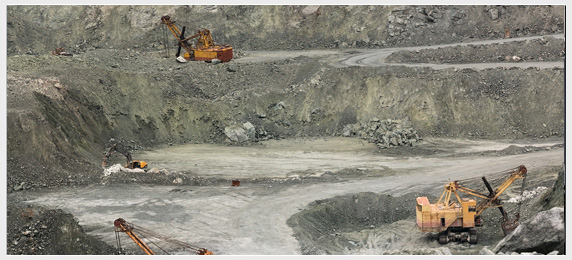
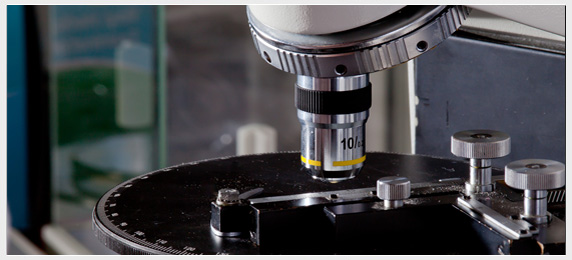

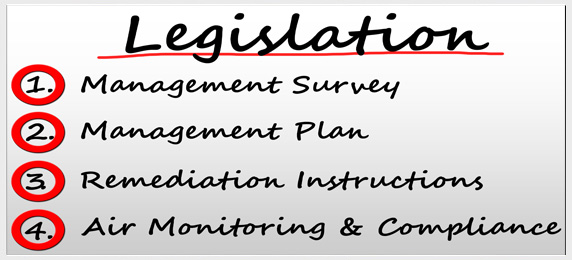
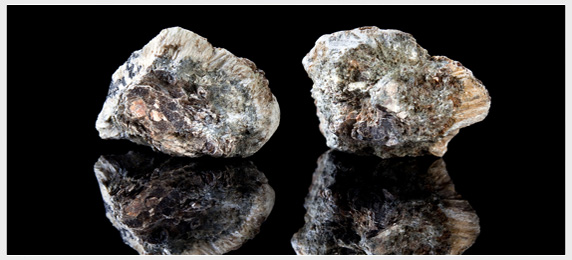
 1
1 2
2 3
3 4
4 5
5


